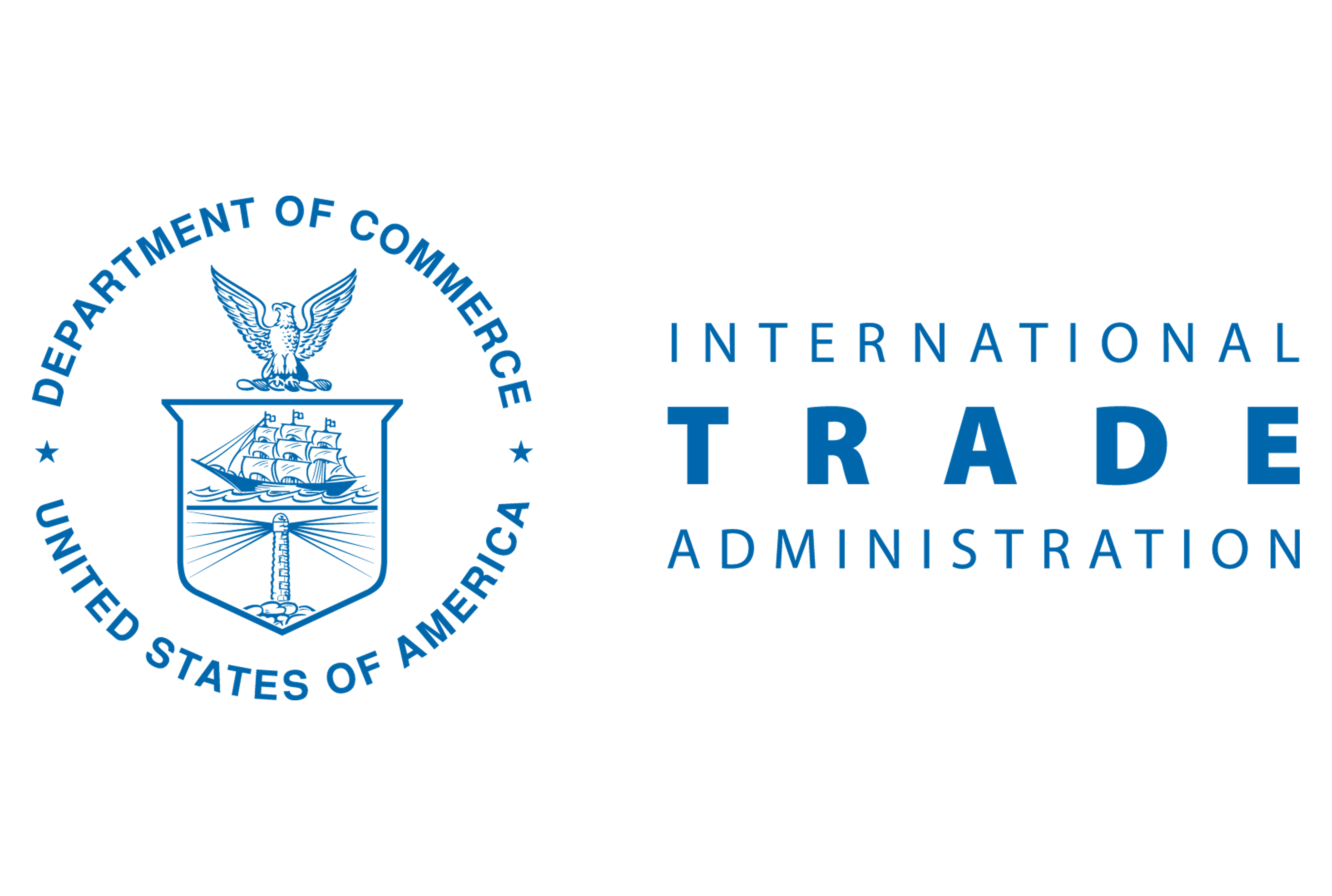Analysis
March 4, 2025
SMA's Bell upbeat on steel as Trump tariffs shake up global market
Written by Ethan Bernard
Steel Manufacturers Association (SMA) President Philip K. Bell stressed a mood of “cautious optimism” for steel on what turned out to be Tariff Eve.

Attendees of the SMU Tampa Steel Conference 2025 last month might remember that a 30-day reprieve was announced on the US implementing tariffs on Canada during the proceedings. Well, that’s over… and the tariffs on Canada and Mexico are here.
The official deadline had not yet arrived as I sat down to talk with Bell at the Metals Service Center Institute (MSCI) & SMA Annual Meeting in Frisco, Texas, on Monday afternoon. Still, there were plenty of things happening in the world and in steel to occupy our time.
Bell agreed that tariffs would be “front and center” at the event. But he highlighted an overarching theme was also “a kind of cautious optimism that exists among the steel industry supply chain.”
There is a belief “that we’re going to see some good things happening for steel, not only in terms of trade, but also on the taxation front and the regulatory front.”
(Note another key date is March 12 when we’re supposed to find out about the new rollout of the Section 232 tariffs.)
Rising tide raising all boats?
There has been a question as to whether President Trump’s tariffs will help everyone along the steel supply chain in the US. Or, will it be mainly the mills that benefit through rising prices?
On this Bell was unequivocal.
“I not only feel that it’s a rising tide, but I want you to think about something – that most end-users of steel have had almost eight years now to figure out their supply chain and their procurement strategies under a Section 232 tariff regime,” Bell said.
“And I think there’s been enough time for people to understand how to navigate this brave new environment,” he continued.
USMCA
With tariffs targeting all Mexican and Canadian imports, what is the future of the USMCA agreement, up for periodic review in 2026? Is it merely a piece of paper?
“We take a very cautious approach to this,” Bell said. “We consider the USMCA a landmark agreement between the three countries involved.”
“But let’s be honest,” he continued. “I think we need to take a serious look at it. It wasn’t a perfect agreement, and there are aspects that should be improved.”
One issue he pointed to was transshipment. And, specifically, having a transparent “melt-and-pour” standard in Mexico to prove the country of origin for steel its shipping.
“And if you have a melt-and-pour standard that applies to the Mexico, Canada, and US steel industries, that will help deal with this transshipment problem,” Bell said. “That’s hard to get at right now, particularly from Mexico, but Canada’s not off the hook, either.”
However, he highlighted the overall value of the agreement.
“So details are absolutely important, because I would hate to see the USMCA unravel,” commented Bell. “I think it is a foreign trade agreement that has enormous potential if it’s administered properly and if all three parties live up to the spirit of the agreement.”
Bell noted “this move by Trump (toward Canada and Mexico) sends a clear message that they’ve got to get serious about our trading relationship.”
What about green steel?
With all the talk on tariffs, the subject of decarbonization has seemed to recede into the background.
First, Bell touted the sustainability of the US steel industry. With majority EAF steel production, it is already the cleanest in the world.
“One big thing is that the EAF steel industry is poised to make just about any grade of steel there is available and that there’s enough scrap to do so,” Bell said. “So there is this myth of scrap scarcity that’s been circulated for a long time that doesn’t exist.”
(He pointed to a recent study here.)
Bell said that SMA members “stand by their net zero commitments and continue to make the investments that are necessary to modernize, electrify, and decarbonize the steel industry.”
“Make no mistake about it, and a lot of them are doing it without government money,” he added.
That being said, Bell said he’s seeing a trend with IRA funds frozen, with big companies in Europe kind of dialing back their commitments… people are taking a more cautious approach.
“It doesn’t mean that it’s going away completely, but I think they’re coming to the realization it’s going to take more time and more money to get to where we need to be,” commented Bell.
He concluded: “We’re in a wait-and-see period, but this goal to have a lower carbon future for steel is definitely here to stay, and our members are going to keep pursuing it, and we’re going to keep leading the way.”







